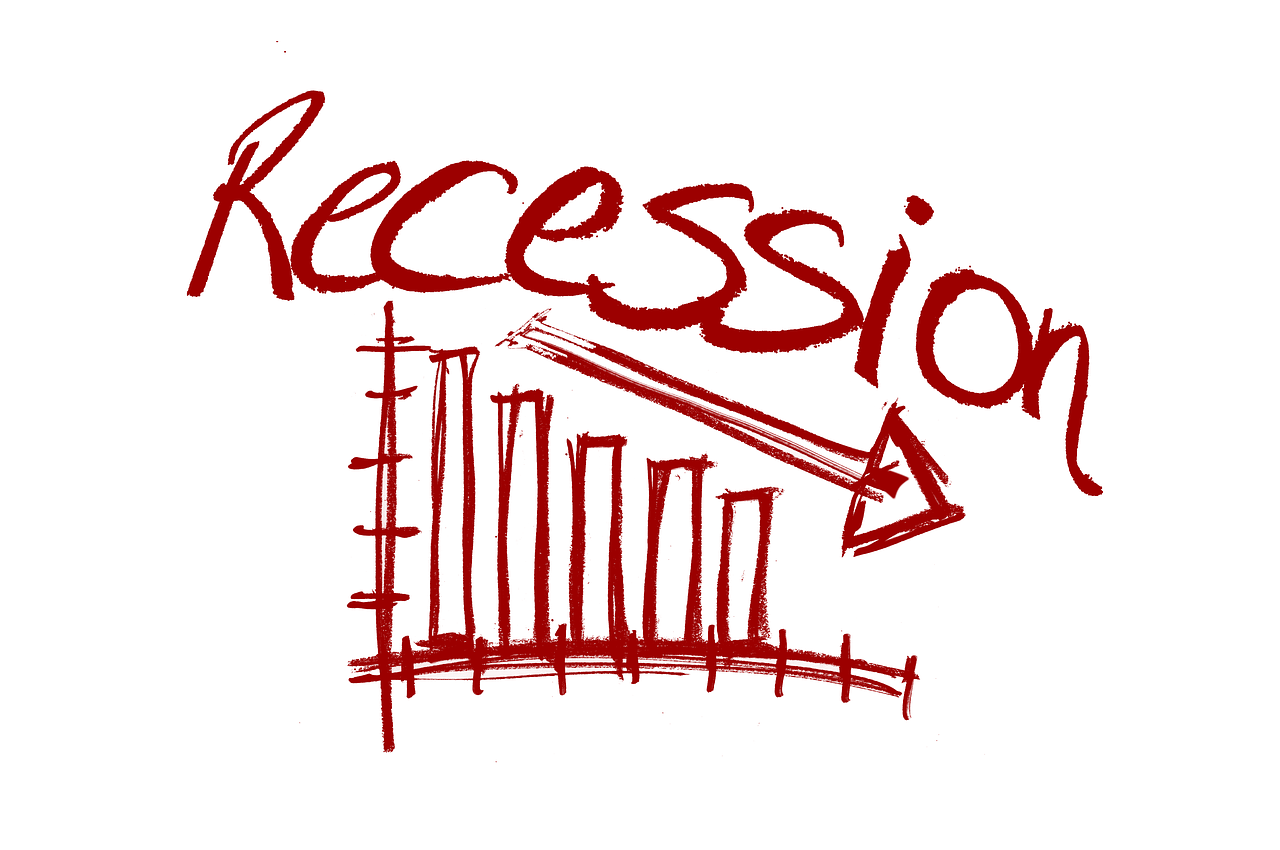The big question on many people’s minds is, are we heading towards a recession? Some doomsayers have been warning about a recession for several years, perhaps because negative news sells. They get clicks on their YouTube videos, subscribers to their newsletters and other perks. A recession technically happens when there are two consecutive quarters of decline in a country’s gross domestic product (GDP).
It’s very difficult for anybody to predict when, or if, a recession will happen. But we can look at history to guide us. Let’s do exactly that and remind ourselves of the signs that appeared before economic tragedy struck.
Mortgage Lending
Looking back at the 2008 financial crisis, the biggest culprit for the downfall of the world’s economic collapse was excessive mortgage lending. Lenders optimised risk when they lent money for housing to people who usually wouldn’t qualify for the loan. Why did they do that? Greed. They probably thought that lending out more money would mean a higher income from interest.
It turned out that they lost a tremendous amount of money when numerous borrowers defaulted.

Is there excessive mortgage lending in 2025? We’ll find out if lenders have stretched themselves thin, but what we do know is that the U.K. will grow its mortgage lending from 1.5% in 2024 to 3.1% in 2025.
General Debt
Mortgage is a form of money lending, and we need to scour the market to see if there is any other type of borrowing that seems excessive. No need to look further than the U.S. because the so-called richest country in the world has reached a record high in credit card debt—$1.2 trillion. But the record-breaking doesn’t stop there. Add auto loans, mortgages and student loans to the credit card debt, and you reach an all-time high of $18.04 trillion.
A major reason that the credit card debt has ballooned is because most Americans can’t afford day-to-day living. Some Americans buy food with credit cards. Just think about that: they don’t have money to buy food.
People who bought cars during COVID paid sky-high prices because supply was limited due to a lack of production. Now, a few years after that pandemonium, those car owners are upside down on their vehicle finances because the value of their cars is lower than the balance of their debt. They can’t even afford to sell their cars, and that’s one of the reasons that repossessions are on the uptrend.
Job Losses
The majority of the job losses during the Great Recession happened in the midst of it, in 2008 and also in 2009. But layoffs crept up in 2007 and exacerbated as time went on. Have we seen something similar recently?
Major corporations such as Amazon, Google, Facebook and other tech companies have laid off tens of thousands of workers in the last two years. If such big companies have gotten rid of workers to preserve the bottom line, why wouldn’t medium-sized and small businesses follow suit?

In no time in history did people have more money when their debt balances increased and they lost their jobs. People need to survive, but how can they when their debt payments have increased and they don’t have an income?
That brings us to the…
Stock Market
During the peak of the 2008 crisis, the stock market lost around 50% of its value. Why? People panicked. That’s one reason, but the other reason is that they needed to fund their lifestyles. Since many Americans were heavily in debt and some had lost their jobs, the only place they could turn to for liquidity was the stock market.
Many Americans sold their shares and cashed out their 401k. The result—a tumbling market that just kept bleeding. Do we see similar behaviour in today’s climate?
The Magnificent 7 stocks, consisting of Apple, Microsoft, Amazon, Alphabet, Meta, Nvidia and Tesla, have seen significant pullbacks since their rally after COVID. Sure, every market needs to correct, but some of the retracements were significant. Tesla has lost 47% of its value since reaching a high of $488 in December 2024. Alphabet and Amazon have lost more than 20% of their value since reaching all-time highs, respectively.
Conflict
Ray Dalio, a billionaire hedge fund manager who predicted the 2008 financial crisis, claimed that there is always some kind of conflict before a massive economic downturn. Dalio spoke about wars and other macroeconomic factors that largely influence economic unrest. So far, we have seen the conflict between Russia and Ukraine, as well, more recently, the U.S. imposed tariffs on numerous countries.
Instability makes investors jittery. When that happens, they withdraw their money from stocks and bonds and then usually turn to safe investment havens such as gold. That’s the reason gold has soared for the last few months and reached its all-time high.
With all these factors combined, the outlook looks bleak. But let’s not be too quick to jump to conclusions. A big factor that could sway things is the budget deficit. If it’s managed well, then we could see an overall improvement in the economic situation. Nothing is off the table, yet.
The best you can do in good times or bad is to pay off your debt as quickly as possible by reducing your expenses and ensuring that you have a safety net. To learn how to do all of that, be sure to..
CHECK OUT MY NEW BOOK — From Homeless to Debtless with Savings
READ NEXT: How Much to Spend on Housing, Transportation and Food?





Leave a Reply